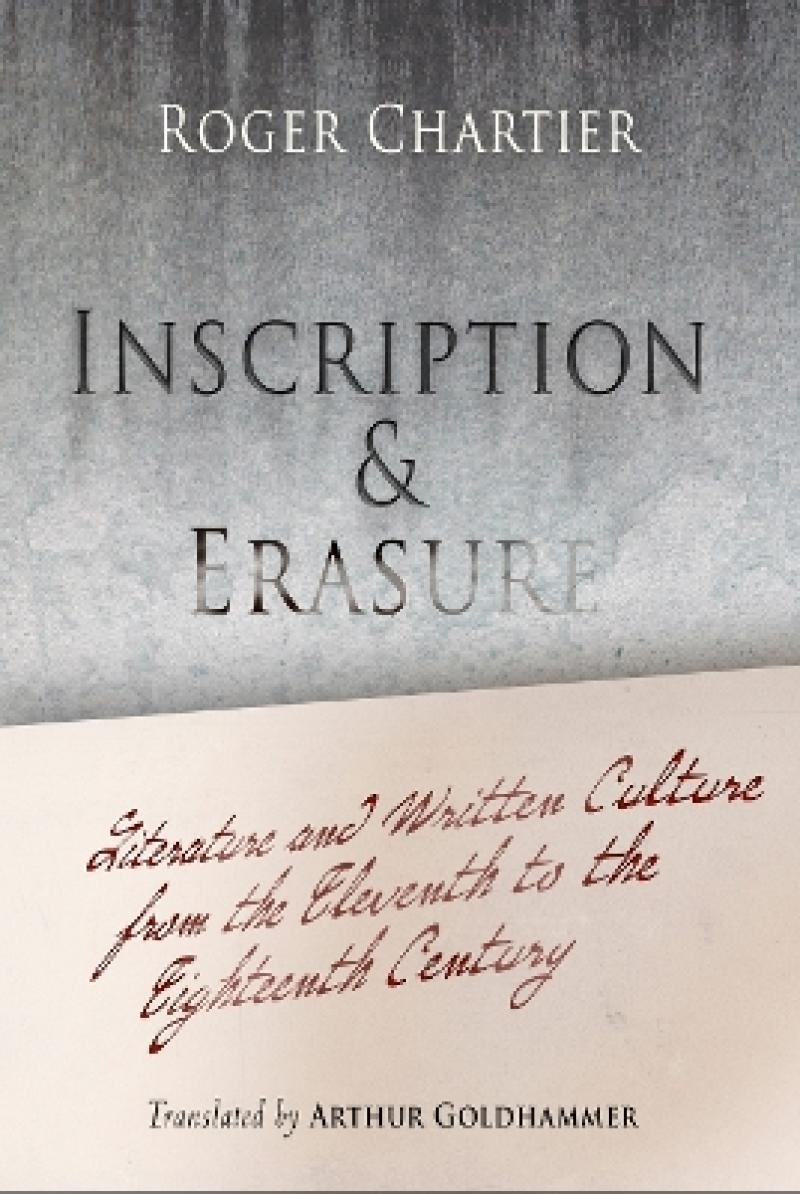"This elegant and learned study constitutes a significant addition to Roger Chartier's well-known work on the history of the book in western culture."
Timothy Hampton, <i>H-France Review</i>
"Chartier unites literary analysis with material history to reveal how representations survive. . . . The book takes up subjects from the eleventh-century French abbot Baudri de Bourgueil to the eighteenth-century encyclopedist Denis Diderot. . . . Chartier's singular achievement is to claim authority over a wide range of practices and to focus on their common anxieties and ambitions."
<i>SHARP News</i>
"Any progress achieved within a humanistic discipline that crosses boundaries to neighboring fields has the potential both to find unexplored objects of study and to raise new questions. <i>Inscription and Erasure</i> disputes the long-standing division between the interpretation of texts and the description of the material supports and socio-historical environments in which texts appeared and circulated."
<i>MLN</i>
The fear of oblivion obsessed medieval and early modern Europe. Stone, wood, cloth, parchment, and paper all provided media onto which writing was inscribed as a way to ward off loss. And the task was not easy in a world in which writing could be destroyed, manuscripts lost, or books menaced with destruction. Paradoxically, the successful spread of printing posed another danger, namely, that an uncontrollable proliferation of textual materials, of matter without order or limit, might allow useless texts to multiply and smother thought. Not everything written was destined for the archives; indeed, much was written on surfaces that allowed one to write, erase, then write again.
In Inscription and Erasure, Roger Chartier seeks to demonstrate how the tension between these two concerns played out in the imaginative works of their times. Chartier examines how authors transformed the material realities of writing and publication into an aesthetic resource exploited for poetic, dramatic, or narrative ends. The process that gave form to writing in its various modes—public or private, ephemeral or permanent—thus became the very material of literary invention. Chartier's chapters follow a thread of reading and interpretation that takes us from the twelfth-century French poet Baudri of Bourgueil, sketching out his poems on wax tablets before they are committed to parchment, through Cervantes in the seventeenth century, who places a "book of memory," in which poems and letters are to be recopied, in the path of his fictional Don Quixote.
Introduction: Aesthetic Mystery and the Materialities of the Written
Chapter One. Wax and Parchment: The Poems of Baudri de Bourgueil
Chapter Two. Writing and Memory: Cardenio's Librillo
Chapter Three. The Press and Fonts: Don Quixote in the Print Shop
Chapter Four. Handwritten Newsletters, Printed Gazettes: Cymbal and Butter
Chapter Five. Talking Books and Clandestine Manuscripts: The Travels of Dyrcona
Chapter Six. Text and Fabric: Anzoletto and Philomela
Chapter Seven. Commerce in the Novel: Damilaville's Tears and the Impatient Reader
Epilogue: Diderot and His Pirates
Notes
Index
